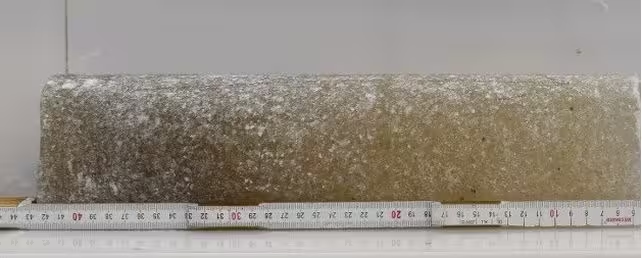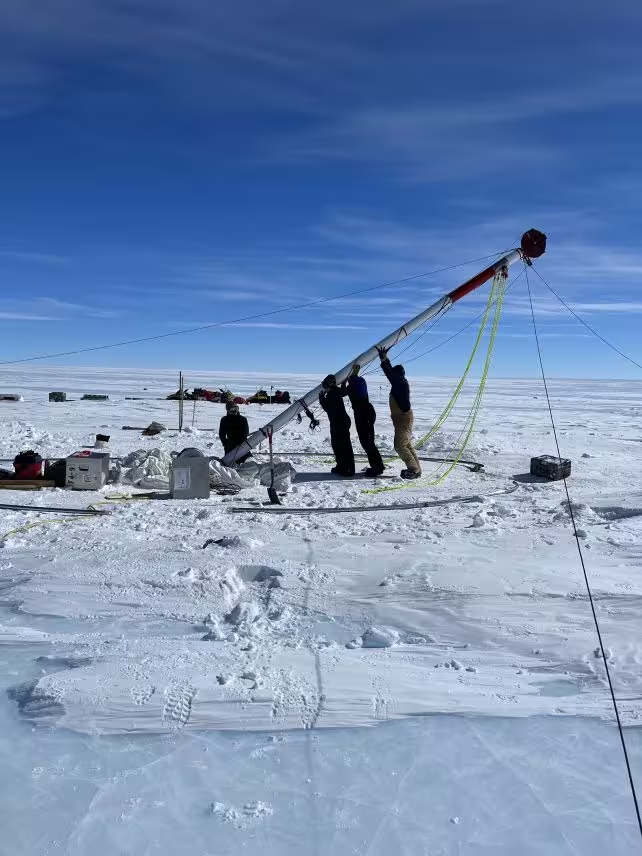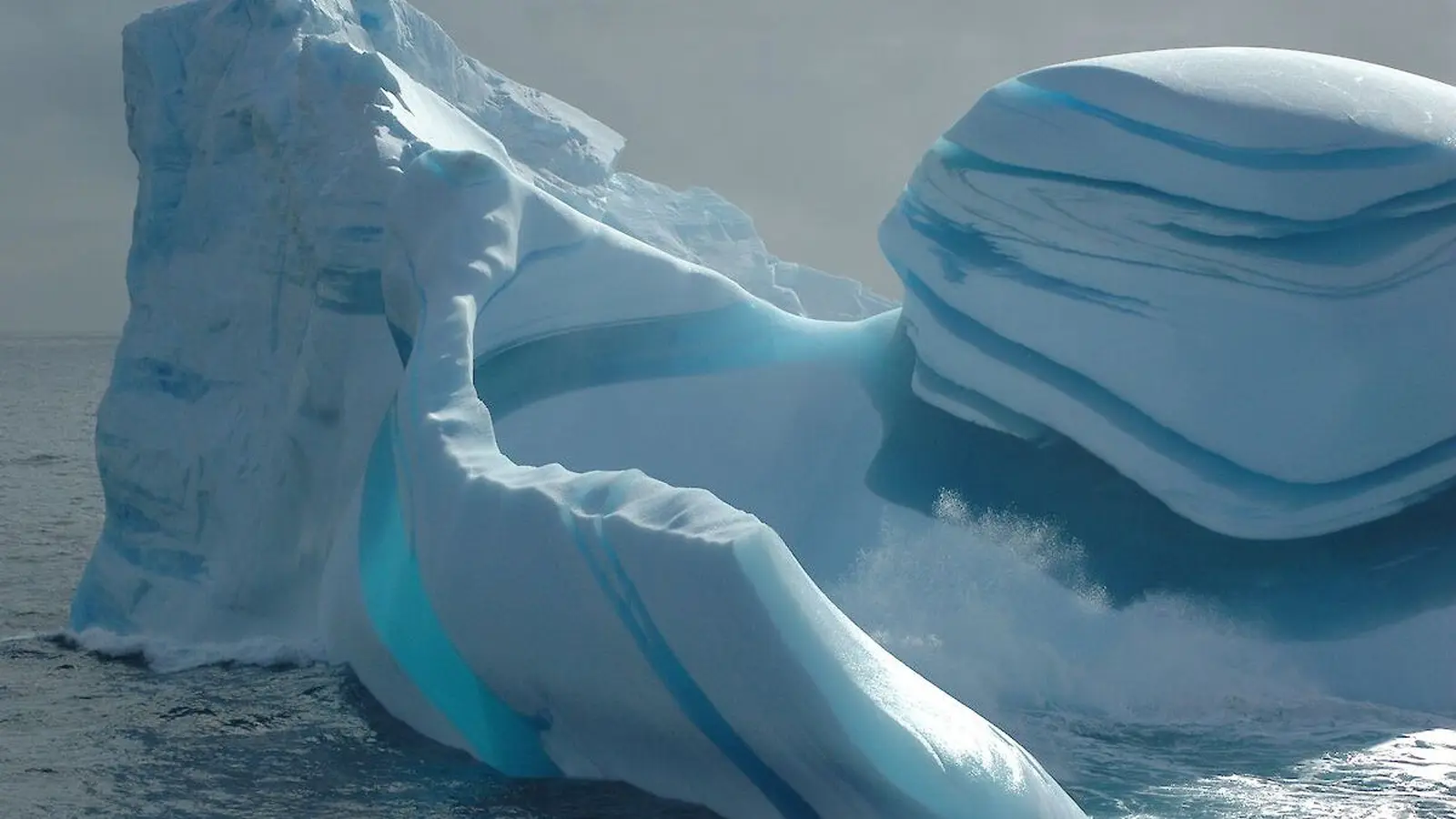5 Minutes
Scientists drilling in the Allan Hills region of Antarctica have recovered glacial ice and air bubbles that date back roughly 6 million years — the oldest directly dated ice and atmosphere samples yet retrieved from Earth. These samples, squeezed into blue ice near the surface, offer one of the clearest windows into planet-scale climate conditions from the late Miocene and through much of the Pliocene.
Why Allan Hills is a rare time capsule
Antarctica is an exceptional archive because layers of snow and ice accumulate steadily and trap air, dust and chemical signatures as they build up. But Allan Hills is unusual even by Antarctic standards. There, strong katabatic winds and surface sublimation remove new snow, pushing older, compressed ice closer to the surface. Over long periods that has produced extensive bands of blue ice — dense, crystal-rich ice that absorbs red light and appears blue.
We're still working out the exact conditions that allow such ancient ice to survive so close to the surface, Shackleton explains — a mixture of topography, persistent winds and severe cold that effectively halts glacier flow and strips away fresh layers.

The ice core that yielded air trapped 6 million years ago.
How the team dated ice older than any before
The National Science Foundation–supported COLDEX project, led by glaciologist Sarah Shackleton of the Woods Hole Oceanographic Institution, drilled three cores at Allan Hills, reaching depths of about 150, 159 and 206 meters (492, 522 and 676 feet). The team anticipated unusually old ice, possibly extending to the Pliocene (which ended about 2.6 million years ago), but the dating results exceeded expectations.
Argon isotope dating: direct ages, not estimates
To assign ages they used argon isotope dating on microscopic air inclusions. Unlike stratigraphic correlation or indirect proxies, this method measures noble gas isotopes trapped in the ice itself, providing direct age constraints. The deepest samples returned ages near 6 million years — placing them in the late Miocene — while shallower samples produced younger ages spanning the end of the Miocene into the Pliocene.
What the isotopes reveal about ancient climate
After dating, researchers ran oxygen isotope analyses on the ice to estimate temperature conditions when the snow originally formed. Oxygen isotopes in water molecules vary with temperature and the global hydrological cycle; by measuring those ratios, scientists infer past Antarctic warmth or coldness.
The results were striking: around 6 million years ago Antarctica appears to have been roughly 12 °C (22 °F) warmer than today. Rather than a sudden flip from warm to cold, the transition toward the modern Antarctic climate looks gradual across the sampled interval. That slow cooling has important implications for how ice sheets respond to long-term shifts in greenhouse gas concentrations and orbital cycles.

Allan Hills, Antarctica
Why these findings matter for paleoclimate and future projections
Recovering directly dated air from the Miocene means scientists can now test models of atmospheric composition and climate sensitivity against real, ancient atmospheric samples. The trapped air pockets, although compressed within ice crystals rather than visible bubbles, contain noble gases and greenhouse gases that preserve a snapshot of Earth’s atmosphere at the time of trapping.
By measuring CO2, methane and other tracers in those samples, researchers will be able to determine which concentrations drove the warmer climate of 6 million years ago and how rapidly the atmosphere shifted as Earth moved into the Pliocene. That empirical baseline helps improve projections of how modern greenhouse-gas increases may translate into long-term temperature and ice-sheet changes.

The researchers raising the drill they used to excavate the cores
Next steps: more drilling and more chemical clues
COLDEX director Ed Brook (Ohio State University) says the team already plans a larger, multi-year campaign at Allan Hills to extend the record deeper and to collect more atmospheric samples across a wider time span. The proposed program, targeted between 2026 and 2031, aims to map greenhouse-gas concentrations and isotopic changes across millions of years, improving constraints on both natural variability and the drivers of long-term cooling into the Pleistocene.
Alongside greenhouse-gas measurements, future work will analyze trapped particulates, radiogenic isotopes and trace gases to reconstruct ocean circulation, ice-sheet extent and volcanic influences during the Miocene–Pliocene transition.
Expert Insight
Dr. Elena Moreno, a paleoclimatologist not connected to the COLDEX field team, comments: "Directly dated air from 6 million years ago is a game-changer. It anchors model simulations to real atmospheric compositions, rather than inferred values. That kind of ground truth is rare and extremely valuable for understanding both past and future climate sensitivity."
Collectively, the Allan Hills cores emphasize how localized conditions can preserve ancient climate records in surprising ways. They also reinforce a practical truth for field scientists: the most valuable records are often found where conditions seem inhospitable — places where wind, cold and time conspire to preserve Earth’s memory.
Source: sciencealert


Leave a Comment